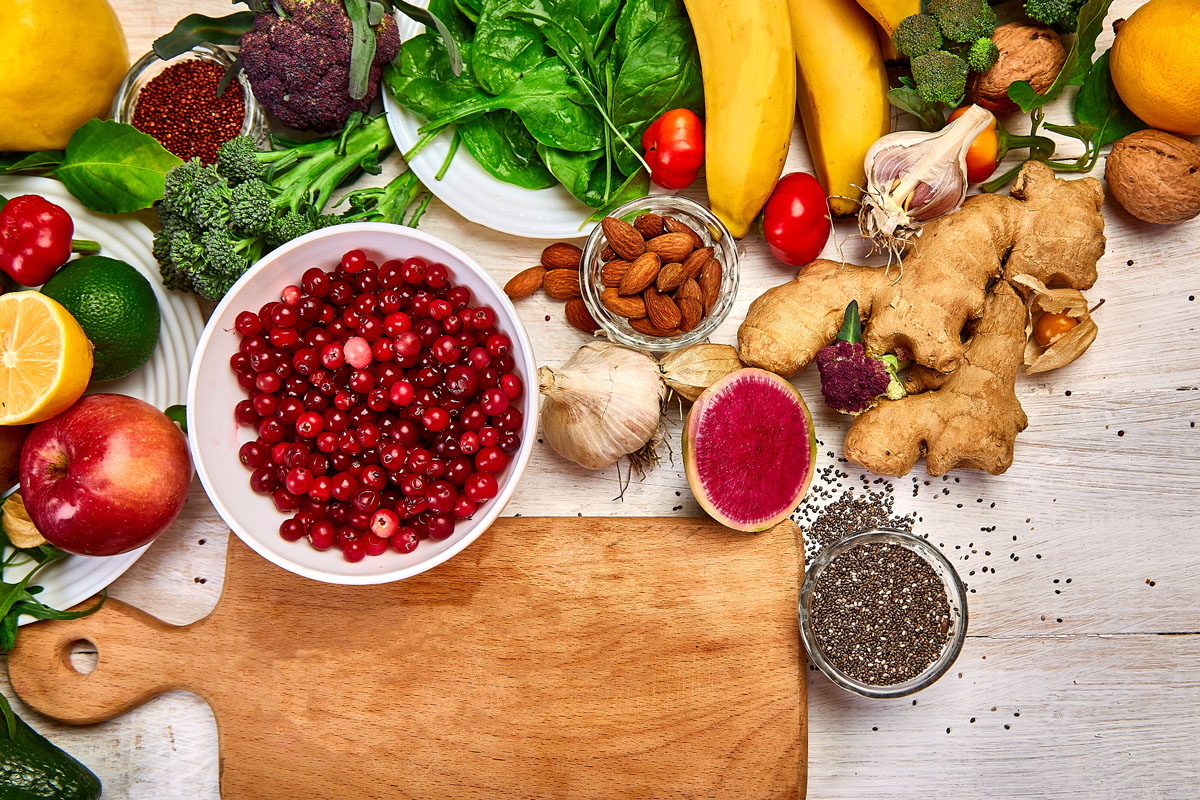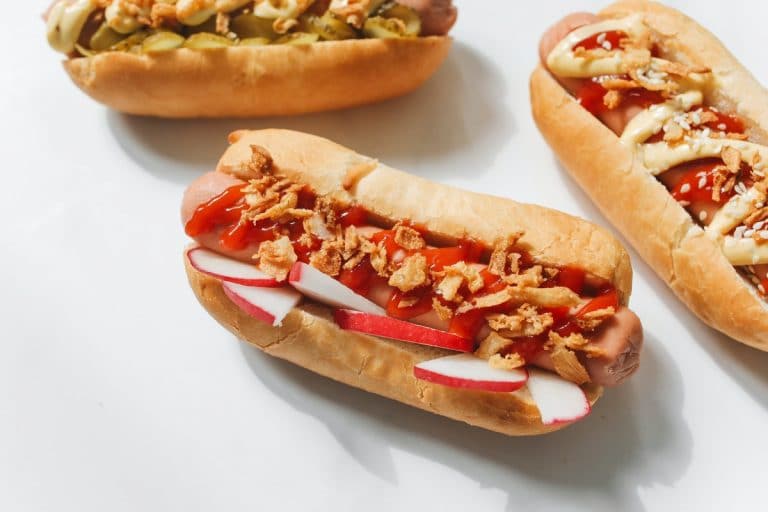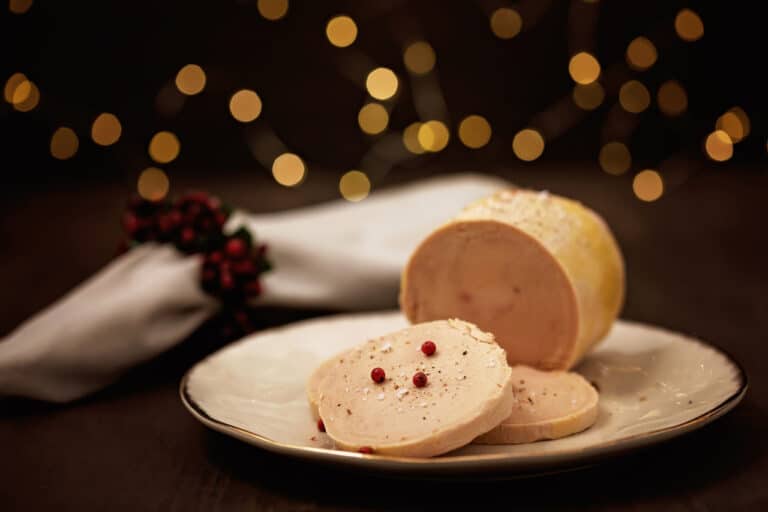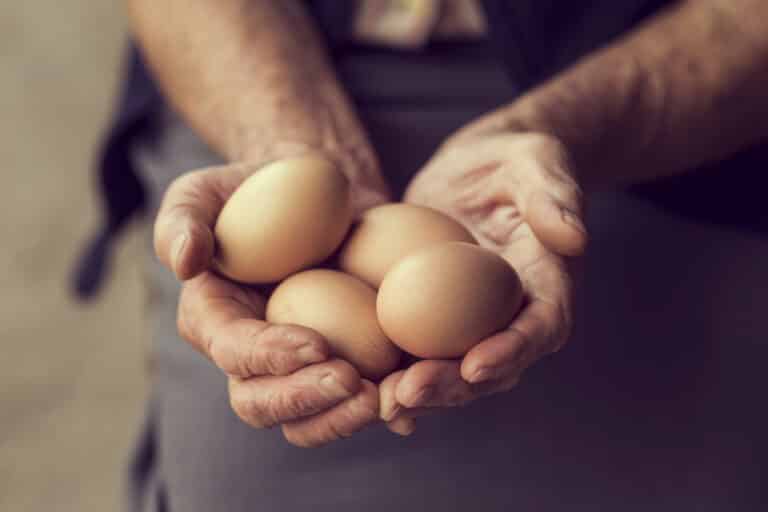We all know that diet plays a big role in maintaining our health. Eating foods high in nutrients can help control hypertension or high blood pressure. High blood pressure is a common condition in which the force of your blood against your artery walls is high enough that it may eventually cause health problems, such as heart disease.
While there are many factors that contribute to high blood pressure, such as genetics and stress, diet is something we can control. The lower your blood pressure, the less strain on your heart and circulatory system. As well as reducing high blood pressure, a good diet has many other benefits too, such as maintaining a healthy weight, reducing cholesterol levels, and providing the body with essential vitamins and minerals.
Though a healthy diet not only helps you lower your blood pressure but keeps you healthy overall. If you are one of the millions of people who suffer from hypertension. Then adding high nutrient foods to your diet is a good way to start managing your condition. In this blog post, we will list high nutrient foods that are known to help reduce blood pressure levels.
In This Article
Best food to control high blood pressure
Although to reduce high blood pressure there are many factors such as weight, physical activity, and sleep. But did you know that what we eat also has an important role to control blood pressure? A healthy eating diet for hypertension control heart health and prevent or reduce the risk of heart disease. Moreover, to manage blood pressure it is essential to reduce sodium intake, eat a diet rich in potassium, calcium, and magnesium. There are many foods that help control high blood pressure. Below we have outlined the best foods to eat to control hypertension and they are:
1. Whole Grains And Cereals
If you include whole grains and a bowl of hot cereal in your high blood pressure diet, you’ll get plenty of fiber and magnesium. The American Heart Association recommends eating at least half your grains as whole grains. Some good choices include oatmeal, barley, quinoa, brown rice, and 100% whole-wheat bread and pasta. For your blood pressure control diet, aim to include 3-4 servings per day, because it will relax blood vessels and lower high blood pressure. Furthermore, to avoid blood pressure lowering effects, avoid over-consumption of refined grains.
2. Beets, Beet Greens, or beet juice
The natural nitrates in beets, beet greens, and beet juice can help open up blood vessels and lower blood pressure. To regulate blood pressure, drinking one glass of beet juice or eating one serving of beets can reduce blood pressure (the top number) by an average of 4 mm Hg. You can also try incorporating beet greens into salads or sautéing them as a side dish. But avoid too much salt intake as it will increase blood pressure. Beets are helpful to fight high blood pressure, also it is a great source of fiber, potassium, manganese, and vitamin C. For your blood vessel walls health and hypertension control, add one cup of cooked beets to your diet per day.
3. Pumpkin Seeds And Pistachios
To reduced blood pressure, enjoy pumpkin seeds or pistachios as a snack. These nuts are rich in magnesium, which can help blood vessels relax and lower your blood pressure. In addition, they’re also high in potassium, calcium, and zinc, all of which are important nutrients to stop hypertension. If you eating vegetables that make with pumpkin seed oil significantly lower blood pressure. For your heart health, aim to eat a handful of these nuts every day. As we have known that healthful diet and eating habits are important to control high blood pressure. So make some changes in your lifestyle and diet to reduce hypertension.
4. Salmon and Fatty fish
Fatty fish and salmon are rich in omega-3 fatty acids, which have antihypertensive effects. A review of studies published in the journal JAMA showed that eating fish or taking omega-3 supplements can significantly lower blood pressure. In addition, salmon is a good source of potassium and magnesium, both of which are important for hypertension control. Aim to eat salmon or other fatty fish at least twice a week to experience the lowering blood pressure effects. As well as to avoid cardiovascular disease salmon is one of the best dishes to eat.
5. Lentils and Pulses
Lentils and other pulses are great additions to a high blood pressure diet. These foods are rich in magnesium, potassium, and fiber, all of which can help reduce your blood pressure. In addition, they’re also low in calories and fat, making them a great option for those who are trying to lose weight. For your heart health, aim to eat a half cup of lentils or other pulses every day. Furthermore, adding pulses to your diet can also help reduce cholesterol levels and improve blood sugar control.
6. Leafy green vegetables
Leafy greens are rich in nitrates, which help to dilate blood vessels and improve blood flow. This can help lower your blood pressure and reduce your risk of heart disease. Some great leafy greens to include in your diet are spinach, kale, romaine lettuce, and arugula. The mild hypertension patients who eat one cup of spinach daily for six weeks, their blood pressure is significantly reduced. Include these leafy greens in your diet every day to get the most health benefits.
7. Low-fat dairy products
Dairy products are a great source of calcium and potassium, both of which can help lower blood pressure. aim to include 2-3 servings of dairy products in your diet every day. Some good choices include milk, cheese, and cottage cheese. If you’re lactose intolerant, there are many lactose-free dairy products available, or you can take a lactase supplement to help you digest dairy products. By eating dairy products your blood pressure levels will significantly drop. A study from a blood institute shows that: “A low-fat, vegetarian diet resulted in a significant reduction in blood pressure in people with hypertension.” In just a few hours before bedtime if you drink a cup of skimmed milk your blood pressure will get low.
8. Natural herbs and spices
Including herbs and spices in your hypertension diet is a great way to add flavor to your food and reduce your blood pressure at the same time. Some good choices include garlic, ginger, cilantro, and basil. All of these herbs and spices are known for their anti-inflammatory properties, which can help lower blood pressure. Adding them to your food is a great way to get the flavor you crave while also getting the health benefits. Moreover, if you are taking medications for hypertension control, adding herbs and spices to your diet can help increase their effectiveness.
9. Greek Yogurt
Greek yogurt is a rich source of calcium, potassium, and magnesium, all of which can help lower blood pressure. It’s also a good source of protein and probiotics. Probiotics are live bacteria that are beneficial for your gut health. The low-fat yogurt is not only delicious but also helpful to keep your heart healthy. To get the most benefits, choose plain Greek yogurt and add your own fruit or a sprinkle of nuts for flavor. To reduce high blood pressure eat Greek yogurt as a snack or part of a meal. As we have known that human nutrition has an important role in hypertension control, so adding yogurt to your diet is highly recommended.
What is diastolic or systolic blood pressure?
Your blood pressure is determined by two things: the amount of force your heart exerts on your blood vessels as it pumps blood, and the resistance of your vessels to that force. These are known as your systolic and diastolic blood pressure, respectively.
Your systolic pressure is a measure of the highest amount of force exerted by your heart as it pumps blood through your body. Diastolic blood pressure, on the other hand, refers to the lowest amount of force exerted by your heart between beats. Together, these two measures give you an idea of how hard your heart is working to pump blood throughout your body.
What is the normal range of healthy blood pressure?
The average blood pressure for a healthy adult is 120/80. Blood pressure is determined by two factors – the amount of blood your heart pumps and the resistance to blood flow in your arteries. The more blood your heart pumps and the narrower your arteries, the higher your blood pressure will be.
High blood pressure, also known as hypertension, increases your risk for heart attack, stroke, and other health problems. It’s important to have your blood pressure checked regularly and to make lifestyle changes if it’s high. Lifestyle changes that can help lower blood pressure include losing weight, eating a healthy diet, being active, and quitting smoking.
What should eat in the situation of lowering blood pressure?
There are a few things that you can do in terms of your diet to help lower blood pressure. One is to eat more potassium-rich foods, such as bananas, sweet potatoes, and leafy green vegetables. Another is to consume less salt, which you can do by avoiding processed foods and adding less salt to your cooking. You can also try drinking less alcohol and caffeine.
Finally, make sure you’re getting enough magnesium in your diet, as this mineral can help relax blood vessels and reduce blood pressure. Additionally, foods that are rich in omega-3 fatty acids, such as salmon and walnuts, can also help to reduce blood pressure. Finally, drinking plenty of water is also important for maintaining healthy blood pressure.
Do eating dark chocolate reduce blood pressure?
Dark chocolate contains compounds that can help to lower blood pressure, including flavonols and polyphenols. These compounds work by helping to dilate blood vessels, which can reduce blood pressure. Eating dark chocolate in moderation can be part of a healthy diet for people who are looking to lower their blood pressure.
One study showed that people who ate 100 grams of chocolate per day for two weeks had a decrease in systolic pressure of 5.3 mmHg and a decrease in diastolic blood pressure of 2.7 mmHg. Another study showed that eating 10 grams of chocolate per day for 12 weeks resulted in a reduction in systolic blood pressure of 2.9 mmHg and a reduction in diastolic blood pressure of 1.9 mmHg. So, if you eating chocolate is one of your favorite ways to control hypertension, go ahead and indulge in some every day!
The Bottom line
In conclusion, by adding these above top 10 high nutrient foods to your diet you can help control hypertension and improve your overall health. Although hypertension is a common condition, it can be controlled with some simple dietary approaches. Eating nutrient-rich foods is one key factor in controlling blood pressure levels. The ten high nutrient foods listed above provide a wealth of antioxidants, minerals, and vitamins that have been shown to help regulate blood pressure. If you are looking for ways to lower your blood pressure, adding these foods to your diet is a great place to start. We hope that you have found this article helpful, if you think we have missed anything or would like to share your own experiences with controlling hypertension.











